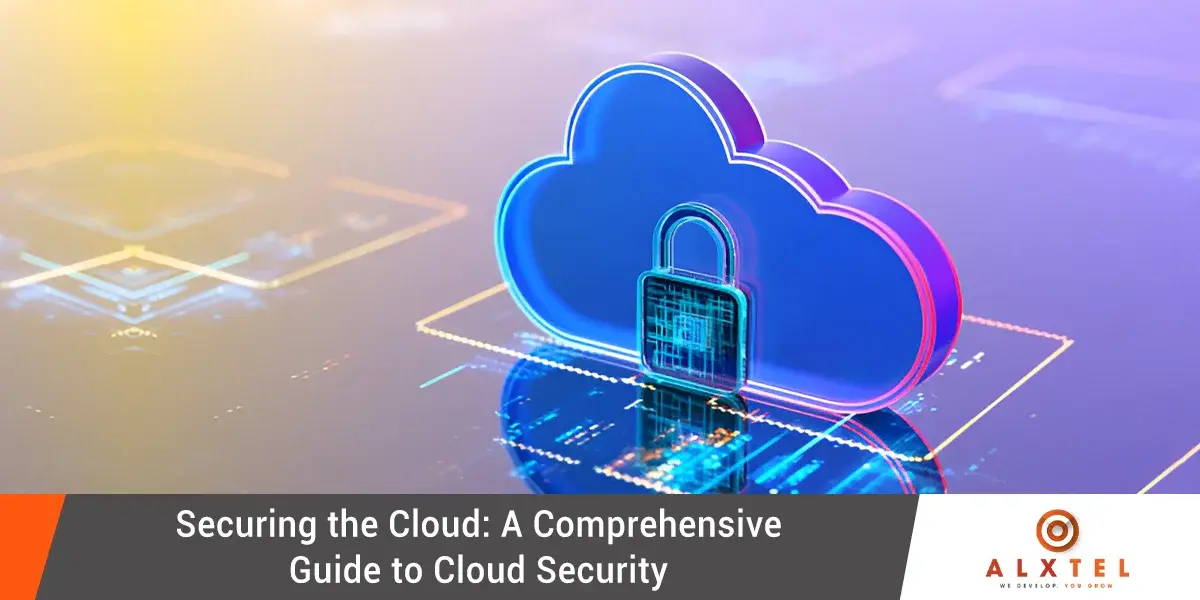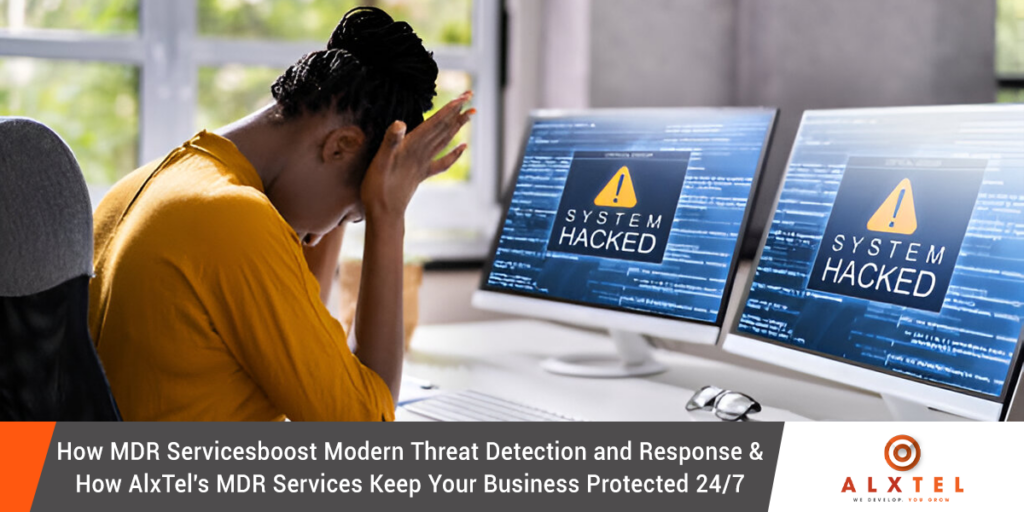Table Of Content
Securing the Cloud
Dive deep into the world of technology and you will find many challenges like insecure access and increasing threats and breaches in related networks. Such problems arise from every tech related organization. This also brings the difficulty of managing access permissions and hence it exposes more vulnerabilities in the system. These small cracks open doors to huge data breaches and malware. To tackle such issues and threats, you will need intelligent solutions like cloud security. That deals all the security breaches and evolving threats as they keep getting stronger day by day.
To tackle such issues and threats, you will need intelligent solutions. That deals all the security breaches and evolving threats as they keep getting stronger day by day.
What do you know about cloud application security?
It is simply a combination of practices, policies and technologies that together provide protection against cloud-based applications against cyber threats. Such threats may include unauthorized access to the system and data breaches.
With the evolving world of businesses, we find many migrating their IT operations to the cloud, hence it asks for protection of important data to keep customer trust in hand.
Why cloud application security matters?
With the evolving technology and evolving threats, there is a great need of a complete solution that can help secure the businesses. With the numerous benefits under the wing of cloud adoption that brings scalability, cost-efficiency, and flexibility to the table. It also brings many major security challenges. Hence, to make the tech world secure, cloud application security has become a vital element.
Cloud security is a stack of cyber security guidelines and tools and practices to safeguard data and infrastructure in cloud settings. These are built to tackle both external and internal factors that might make ways for threats to that business’s security (El Kafhali, 2022).
Cloud computing security
When cloud application security is aimed to provide secure access and access management along with data compliance, disaster recovery, storage protection, network safety against all internal and external breaches, we name it cloud computing security.
Moreover, they enable one to achieve compliance with regulatory data. Specific objectives of cloud security, also known as the security of cloud computing at times, include secure access, disaster recovery, access management, and protection against threats from both outside and within: data governance and compliance, storage, and network. As cloud-based tools and services become a part of an organization’s infrastructure in its forward trajectory under its digital transformation, organizations require cloud security.
Modern technology has made it possible for organizations to expand beyond on-premise infrastructure, but if implemented appropriately, transitioning to cloud-based environments can be safe. To safeguard data across online platforms, apps, and infrastructure, new security measures must be in place as cloud settings become more dynamic. In cloud environments, cloud security safeguards an organization’s data from malware, hackers, DDoS attacks, and unauthorized user access.
Availability, secrecy, and integrity are the three integral aspects of secure cloud computing. Availability maintains uptime for the service and guards against denial-of-service attacks on cloud infrastructure and services; secrecy ensures that information is kept private; integrity ensures systems’ proper operation.
What potential threats emerge against cloud security?
Threats refer to potential issues that might put the security of cloud landscapes into jeopardy. The main types of threats against cloud security include hostile attacks, illegal access, and data breaches. Understanding these vulnerabilities is necessary as successful defense tactics call for proactive actions and monitoring on a continuous basis (Butt, 2023).
Common cloud security risks include data breaches and misconfiguration errors. Along with those, Denial-of-Service attacks, phishing scams, and unauthorized access of the cloud account also fall in this category. These can prove to be very threatening for a business security. These risks attack user credentials, compromise private data, and make data vulnerable to hacking while also disrupting cloud service provision. New risks emerging as the cloud environment change, such as insider threats, zero-day exploits, make the need for a well-defined and dynamic security solution crucial to address these threats.
Most common cloud security threats
Malware: In the security world, you will find malware and viruses in the cloud posing great number of threats to the security of digital assets. Cloud malware is malicious software. It works by stealing company data, interfering with operations, and causes serious problems for the security. It is spread through cloud computing settings.
Ransomware: Digital assets are increasingly vulnerable to cloud ransomware attacks. Ransomware infection on the networks increases with more firms adopting cloud services. Such malicious software encrypts important data and causes a halt in the process, demanding a payment to decrypt the data. Among the industries targeted by ransomware are banking, healthcare, and government, while impacting cloud storage through malware upload and data theft.
Phishing: Threats in terms of phishing and social engineering attacks, so there is a need for multifactor authentication, good threat detection, and education of users to resist these risks.
Insider Threats: Insider risks are often made visible in cloud environments due to weaknesses in cloud-based applications, unsecured devices, and poor access control. These threats pose a grave threat to digital assets because they allow authorized personnel to compromise sensitive data or systems. Because cloud services are collaborative, strict access controls, activity monitoring, and behavioral analysis are required.
Cross-Site Scripting (XSS): There is another category called SQL injection and Cross-Site Scripting (XSS) attacks. They bring huge security breaches in the cloud. While SQL injection targets database vulnerabilities, cross-site scripting (XSS) comprises of malicious scripts injected into online applications. Thus, strong security mechanisms for example web application firewalls and input validation must be executed to lessen such dangers.
DDoS: A cyberattack called distributed denial of service (DDoS) is described as hackers clogging the internet systems and disrupting normal business operations that lead to losses. Essential mitigation measures involved content delivery networks, firewalls, rate restriction, and cloud-based services and thus underlining the urgent requirement for the holistic digital security.
Cloud Specific Threats: Cloud environments threats are a specific kind of hazard, which pose difficulties while trying to protect the processed and stored digital assets within it. The virtual environment has the following factors: danger through dynamic nature, exposure of APIs, and configuration mistakes within the cloud-increasing danger through lateral movements. Counter these dangers by adopting an advanced security approach with ongoing monitoring and audits in place, coupled with proactive operations. The strategy should involve regular audit and monitoring of the changing hazards in the emerging world of cloud computing.
Why cloud security is a shared responsibility?
This idea of shared responsibility is fundamental in cloud security. This encourages a collaborative approach between the clients and CSPs. It encourages collaboration through delineation of security responsibilities that stakeholders have to fulfill. As much as the clients take responsibility for their data, apps, identities, and configurations in the cloud, the CSPs usually oversee the infrastructure, core services, and physical facilities. This includes the use of secure coding techniques, encryption of sensitive data, and the creation of access controls. Clients configure security settings and manage user identities and access permissions. Collaboration also extends to areas such as firewall and security group configuration where duties overlap.
The Shared Responsibility Model essentially distinguished three sorts of obligations: responsibilities that are always the customer’s, responsibilities that are always the provider’s, and those that vary based on the service model, which can either be Software as a Service (SaaS), Platform as a Service (PaaS), or Infrastructure as a Service (IaaS). Cloud email falls under cloud services that include SaaS.
How AlxTel Secures Your Cloud Applications
AlxTel provides best-in-class security to protect your cloud apps and will ensure your business operates smoothly and securely in this hyper-digital world. We begin by making an exhaustive scan of the activities going around in your company and analyze them deeply to pinpoint sources of environmental hazards. Based on this understanding, we work up a security plan that minimizes possible risks effectively, using your vulnerabilities as an effective tool (Jimmy, 2024).
We offer tailored security solutions fit for your specific industry needs. Our bespoke strategies ensure adherence to regulatory compliance while protecting assets of utmost importance, whether in the finance, healthcare, or even e-commerce sectors.
The newest revolution in security for AlxTel is the implementation of automated responses and AI-driven threat detection. This solutions provider promises to guarantee the continued security required to keep ahead in the modern, online-danger-filled world.
Our Dedicated Security Team is a group of professionals offering round-the-clock assistance to keep your operations safe. We proactively handle possible problems with their knowledge, guaranteeing your piece of mind.Partner with AlxTel to protect your cloud apps with an unrelenting, proactive, and agile security framework. Your business deserves the best cloud security.
Frequently Asked Questions:
What is cloud application security, and why is it important?
This can be described as cloud application security, which defines the methods, tools, and techniques for the protection of cloud-based applications from intrusions, illegal access, and data breaches. It involves securing information, ensuring regulation compliance, and maintaining integrity in applications stored on cloud computing systems.
Why it matters: Businesses handle massive amounts of sensitive data online as they transition to cloud environments. Without adequate security measures, this data is susceptible to attacks that can lead to monetary loss and risk exposure, legal implications, and reputational damage. In today’s complex and multifarious cyber threats, strong security in cloud applications ensures the preservation of customer trust and operational efficiency.
What are the most common threats to cloud applications?
A cyberspace contains the cloud-based applications, hence they might come against special security risks. Among these common threats are the following:Through the security loopholes, hackers can access and steal information held privately on cloud servers.
Misconfigured Cloud Environments: Such exposure can be through error, such as publishing storage buckets and incorrect placement of permissions.
Inside Threat: Incompetent employees, or contractors, either through negligence or with malicious intentions, can breach security.
Account Compromise: Use of phishing or weak password policies can compromise credentials, which may result in unauthorized access to cloud resources.
How does Identity and Access Management (IAM) improve cloud security?
Identity and Access Management (IAM) is a framework that ensures that only the right people get the right resources at the right times. IAM lessens dangers in cloud security by hitting into preparation:
- Role-Based Access Control (RBAC) gives rights to operators reliant on their role in the organization. This will avert illegal users from having contact to sensitive information they must not access.
- Multi-Factor Authentication asks users to validate their identity using numerous authorizations like a password and a code sent to their mobile device; so, it improves an extra layer of security.
- Trails the access efforts and marks doubtful activities for further scrutiny.
Why is data encryption critical for cloud security?
Data encryption is the process involved in changing readable data to an unintelligible mode that only authorized users can translate. Encryption protects sensitive information saved and transferred in cloud environments.
- Even in case of a physical storage compromise, the encryption of data stored in the cloud prevents unauthorized access to that data.
- Encryption safeguards data while it is moving between servers, devices, or applications from hackers intercepting the information.
What are the benefits of partnering with a managed security service provider (MSSP) for cloud security?
A Managed Security Service Provider is a company whose area of expertise is offering businesses complete security solutions. For companies that utilize cloud apps, MSSPs provide:
- Continuous monitoring of cloud environments is required to detect and eliminate risks promptly.
- Leverage automated reactions together with AI-driven threat detection systems in order to enhance security.
- Having an access to a dedicated team of security experts who have knowledge of the latest threats and their countermeasures.
Referencing
Butt, U. A., Amin, R., Mehmood, M., Aldabbas, H., Alharbi, M. T., & Albaqami, N. (2023). Cloud security threats and solutions: A survey. Wireless Personal Communications, 128(1), 387-413.
El Kafhali, S., El Mir, I., & Hanini, M. (2022). Security threats, defense mechanisms, challenges, and future directions in cloud computing. Archives of Computational Methods in Engineering, 29(1), 223-246.
Jimmy, F. N. U. (2024). Cyber security Vulnerabilities and Remediation Through Cloud Security Tools. Journal of Artificial Intelligence General science (JAIGS) ISSN: 3006-4023, 2(1), 129-171.
Need support? You are our priority, We’ve got you covered.
Rapid response time to service requests, responding to all customer feedback to get in touch.
Our goal is to supply you with the best possible customer service across all our products and solutions. We look forward to helping you make the most of your AlxTel platform.














